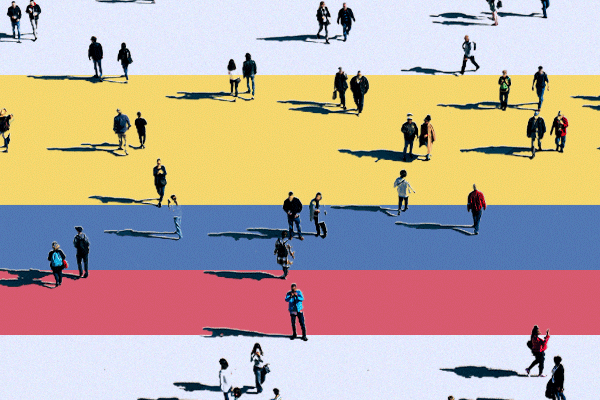Designing urban cities for residents’ well-being
How does smart urban planning improve or enhance the way we live? Let’s take a Deep Dive.
🗺️ Urban planning is the process of designing and organising city spaces to enhance livability, efficiency and sustainability.
🏢 When we consider making better cities, we often think about improving the buildings to emit fewer carbon emissions and utilising smart technology. But the real issue isn’t just what’s being built but where we build them and how to restructure what’s in place.
🚗 The automobile radically changed how we approached urban planning. While we can’t deny that cars have increased mobility and convenience, we might have steered too hard into the needs of drivers.
👣 A walkable city shifts the focus away from cars to pedestrians, allowing residents to reach their needs locally and safely on foot.
QUOTABLE
“The pedestrian is an extremely fragile species, the canary in the coal mine of urban livability. Under the right conditions, this creature thrives and multiplies. But creating those conditions requires attention to a broad range of criteria, some more easily satisfied than others.”
- Jeff Speck, city planner and the author of Walkable City

BY THE NUMBERS

5 Urban planners now consider 5 Cs as qualitative values when planning for pedestrians. These 5 Cs are connected, convivial, conspicuous, comfortable and convenient.
10 According to Margaret Robertson’s 2014 book Sustainability Principles and Practice, the average person will walk up to 10 minutes to reach a location. Anything longer and they will seek alternate forms of transportation.
15 The 15-minute city is an urban planning concept that would allow its citizens to access work, basic services and amenities within that amount of time by foot, bicycle or public transport.
QUIZ
How many minutes is the average US commute from home to work?
A. 13.7 minutes
B. 20.9 minutes
C. 27.6 minutes
Scroll to the bottom for the answer.
DID YOU KNOW?

In a walkability study by the Institute for Transportation and Development Policy in 2020, the city of Bogotá, Colombia was the only city with a population of over five million to rank among the top five in its trio of criteria: closeness to car-free places, closeness to healthcare and education, and small city blocks size.
GEN.T x INNOPARK
Many entrepreneurs spot opportunities to make an industry more efficient and move from a physical business to a digital one. Lam Wun Chi’s journey has moved in the opposite direction—first setting up an e-commerce platform, then moving into the business of delivering physical items with Spaceship, of which he is co-founder and CEO. Read how the company is revolutionising logistics in Hong Kong.
THE EDIT
❤️🩹 Walk your way to health. Increased walking in communities has shown health benefits as found in a 2014 California study.
🚦 End of the jam-packed era. Decreased traffic, one of the goals of walkable cities, is incredibly important as transport is one of the largest contributors to carbon emissions.
👮♀️ Eye spy. Lower crime rates are a result of walkability in cities due to more people being out and about providing “eyes on the street”.
WATCH
Barcelona is using the concept of “Superblocks” to cut off traffic and create more room for pedestrians.
THE FULL PICTURE

A 2016 study from The George Washington University School of Business saw a potential correlation between cities with walkable urban planning (WalkUPs) and higher GDP. US cities Dallas and Houston are exceptions which have relatively low shares of walkable urbanism but higher GDP per capita.
KEY PLAYER
Jane Jacobs
Writer and activist Jane Jacobs wrote several works critiquing what she viewed as negative trends in 20th-century urban planning. These views culminated in her 1961 book The Death and Life of Great American Cities, which is believed to have laid the groundwork for the walkable city design movement.

HONOUREE TO KNOW
Julia Nebrija
Urban planner Julia Nebrija is the co-founder and director of boutique consulting firm Agile City Planners. Nebrija has worked to make cities more people-friendly. A great deal of her focus has been on improving the walkability and transportation options in Manila.

ONE FINAL THING

Fifteen-minutes may be the plan for efficient living, but if you ever feel like venturing on a longer journey, the longest walkable route is 22,387 km across 16 countries, from Cape Town in South Africa to Magadan in Russia. Using only roads and bridges—without a need for flights, ferries or boats—you would take about 4,492 hours to complete the walk.



